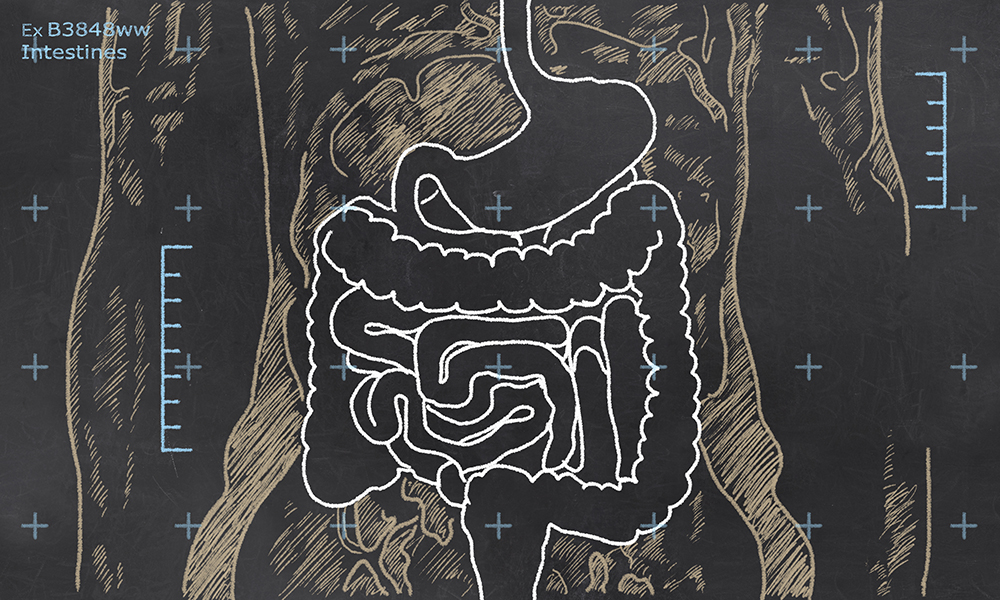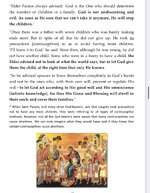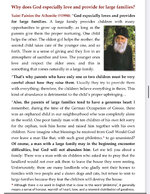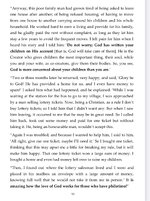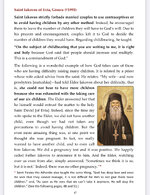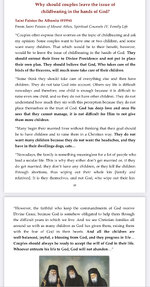Hey @Samseau can us Ladies get posting privileges in the “Family Matters” section? I have a lot of homeschooling and family info to contribute, but I’d have to make a duplicate thread in Ladies General as it stands. Thoughts?
Or if not, can someone please post this in the Homeschooling thread:
Sold a Story Podcast.
I’m on episode 3 and highly recommend if you’re starting out homeschooling and are stuck between phonics and sight-reading/whole word, or maybe you want to understand the debate between the two. Why does America teach kids to read like struggling readers?
Description:
“Millions of kids can't read well. Scientists have known for decades how children learn to read, but many schools don’t know about the research. They buy teacher training and books that are rooted in a disproven idea. In Sold a Story, Emily Hanford investigates four authors and a publishing company that have made millions selling this idea. The podcast has won some of the biggest awards in journalism. Twenty-five states (and counting) have changed their reading laws because of it.”
Episode 1: The Problem
Lee Gaul watches his daughter’s lessons during Zoom school and discovers a dismaying truth: She can't read. Little Zoe isn't the only one. Sixty-five percent of fourth graders in the United States are not proficient readers. Kids need to learn specific skills to become good readers, and in many schools, those skills are not being taught.
Episode 2: The Idea
Sixty years ago, Marie Clay developed a way to teach reading she said would help kids who were falling behind. They’d catch up and never need help again. Today, her program remains popular, and her theory about how people read is at the root of a lot of reading instruction in schools. But Marie Clay was wrong.
Episode 3: The Battle
President George W. Bush made improving reading instruction a priority. He got Congress to provide money to schools that used reading programs supported by scientific research. But backers of Marie Clay’s ideas saw Bush’s Reading First initiative as a threat.
Episode 4: The Superstar
Teachers sing songs about Lucy Calkins. The longtime professor at Columbia University’s Teachers College is one of the most influential people in American elementary education today. Her admirers call her books bibles. Why didn't she know that scientific research contradicted reading strategies she promoted?
Episode 5: The Company
Teachers call books published by Heinemann their bibles. The company's products are in schools all over the country. Some of the products used to teach reading are rooted in a debunked idea about how children learn to read. But they've made the company and some of its authors millions.
There are 18 episodes. Does anyone care to do a deep dive on Marie Clay, Irene Fountas, Gay Su Pinnell, and Lucy Calkins? I find it interesting that they’re all women, seem very few men supported this idea, and it’s hard to find any background information on them. Something smells funny about the whole thing, especially the extreme reverence shown to them by other women. One teacher said, a first edition book by Marie Clay was kept in a vault and treasured, and she was compared to Isaac Newton
I would be interested in a deep dive into those people with you and anyone else that wants to join.
@Samseau Maybe the "Family Life" thread could be moved into the Coffee House? Or even just the "Homeschooling" thread that could be moved? (If the guys don't mind, that is.)



